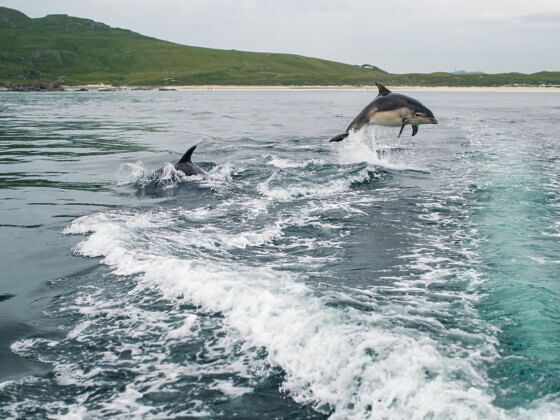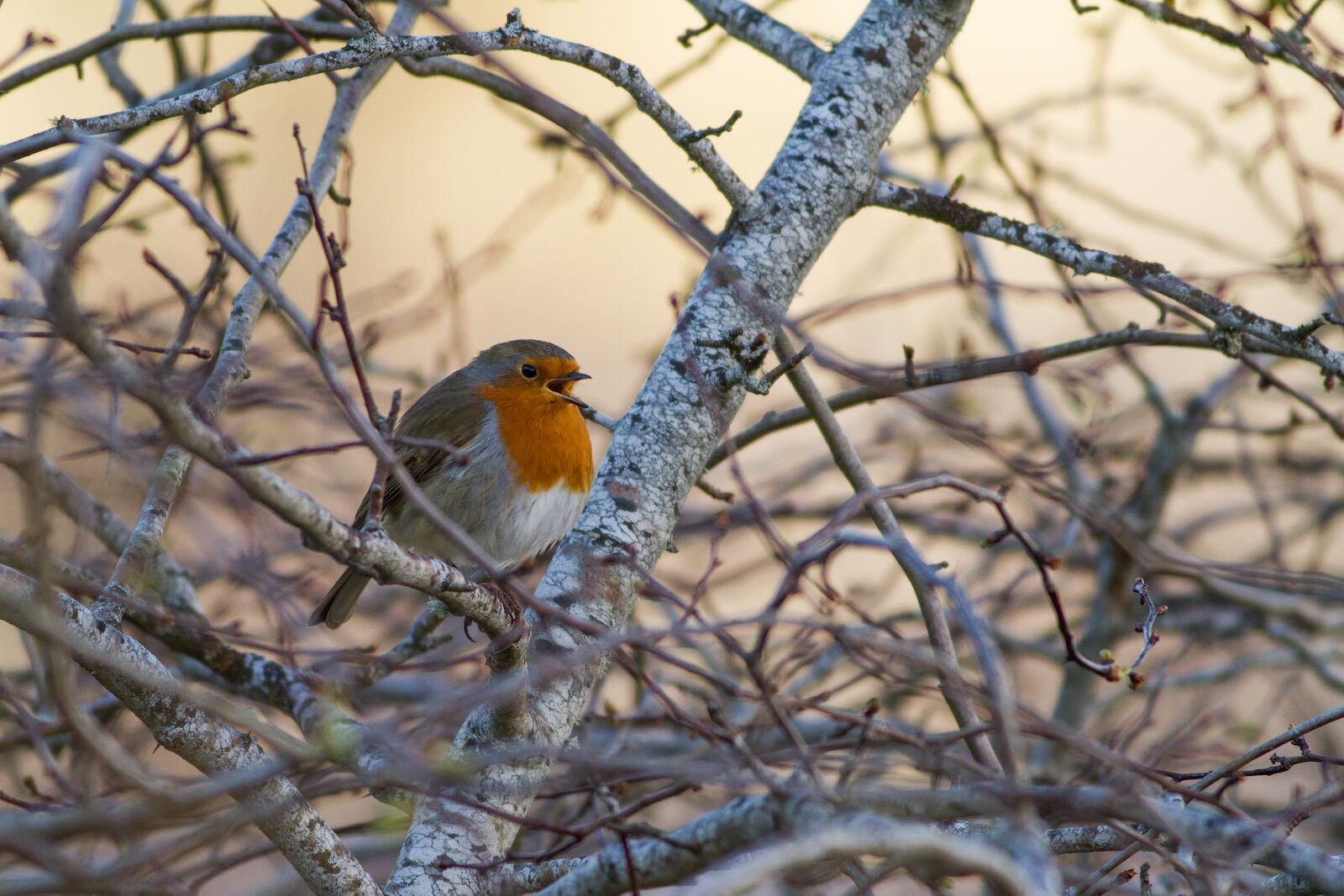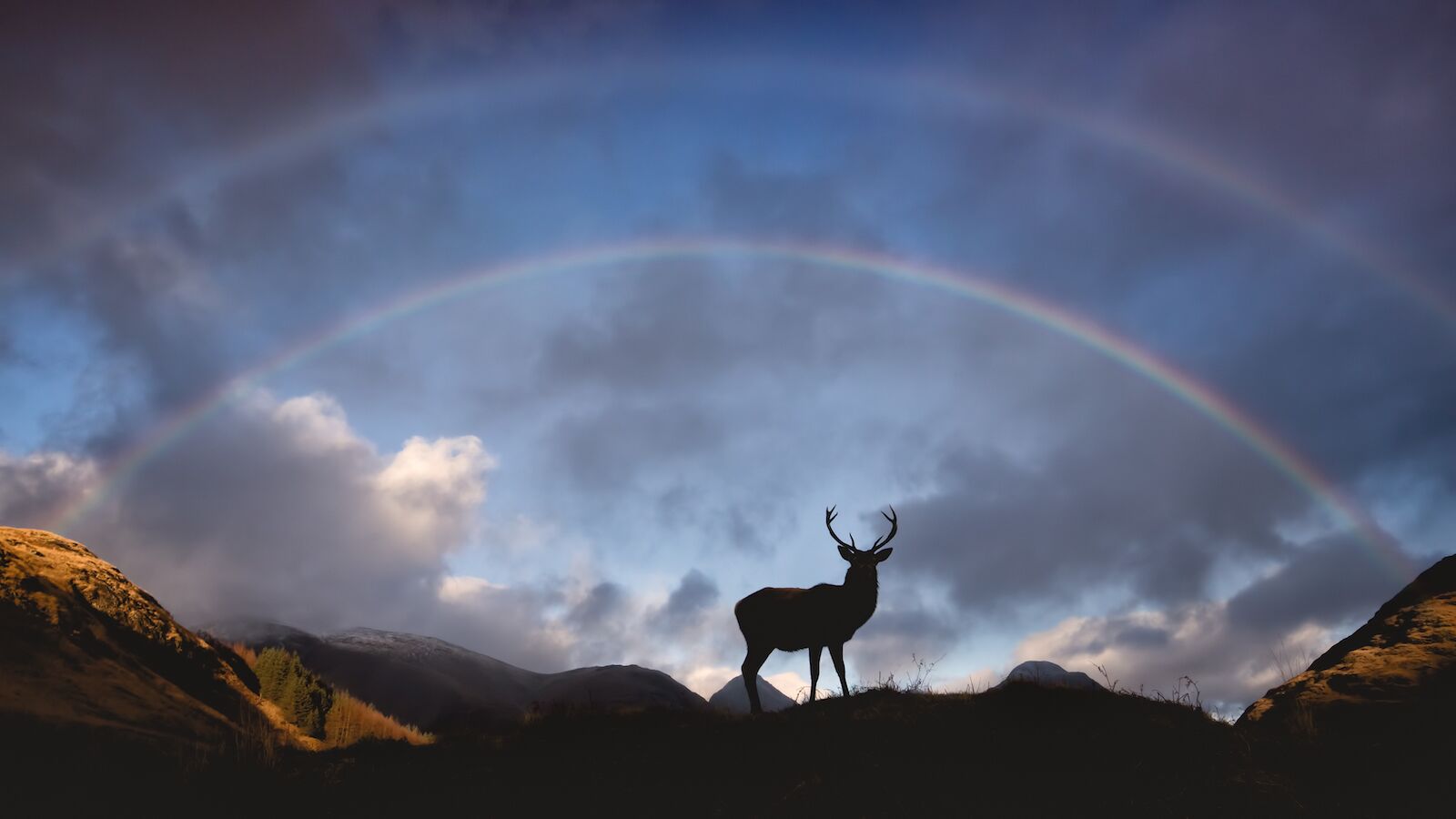Loch Ness, a ribbon of inky water snaking through the rugged Scottish Highlands, beckons not just with whispers of mythical beasts, but with a vibrant tapestry of wildlife. Here, red deer graze on heather-clad slopes and otters play in the cool-water depths.
There may or may not be a monster down there, but one thing is for certain: There’s a whole lot of wildlife in, on, and around Loch Ness. Here’s how to spot it.




